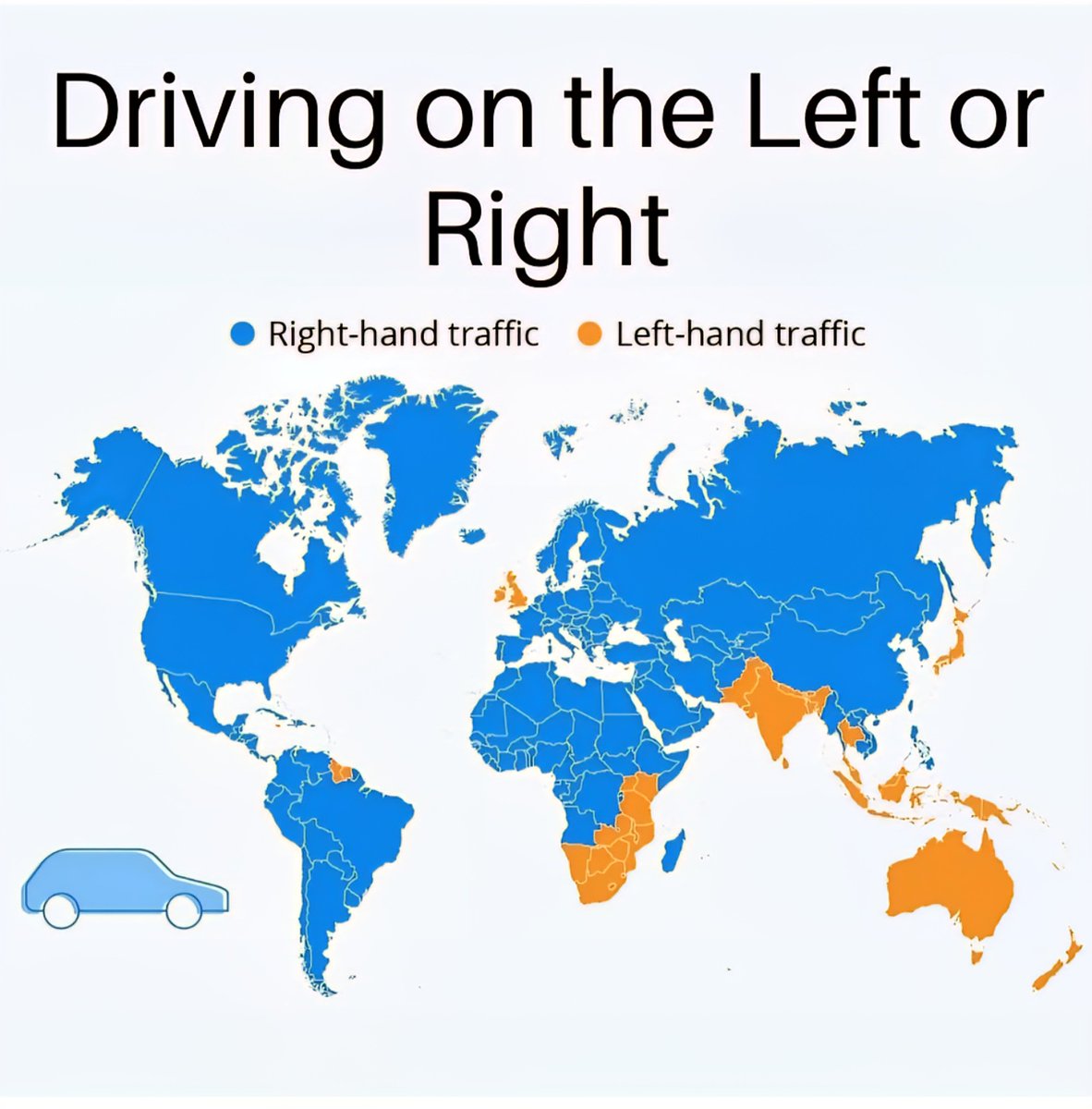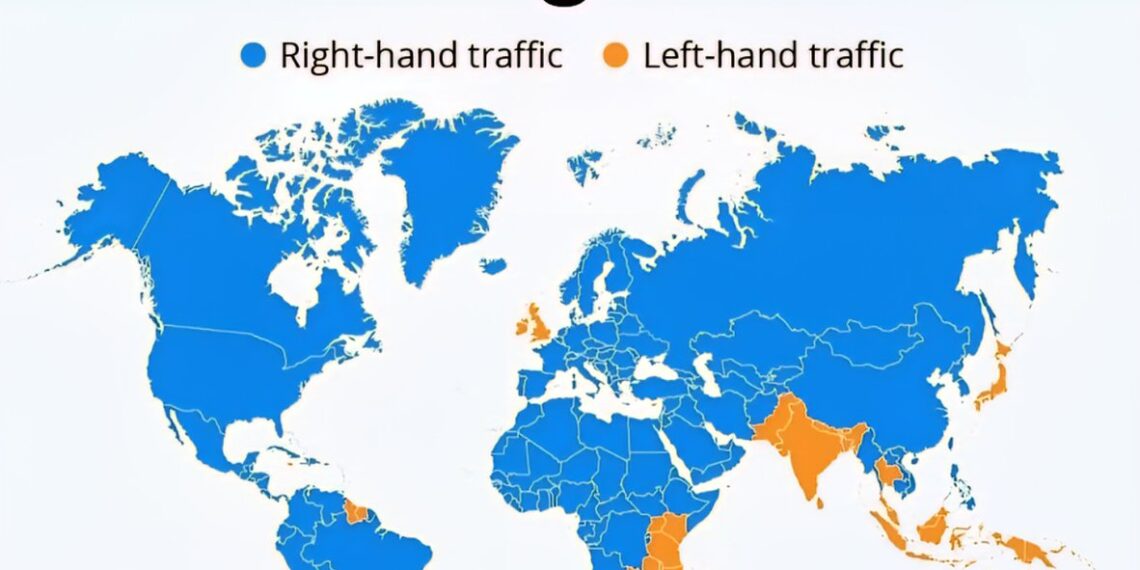Select Language:
Understanding Global Driving Habits: Left vs. Right

1. The Global Divide: Which Countries Drive on Which Side?
Around the world, countries are split between driving on the left and right sides of the road, a division rooted in history and tradition. Approximately 65% of nations, including the UK, Australia, India, and Japan, favor left-side driving. Conversely, the majority, such as the United States, Canada, and most of Europe, keep to the right. This geographical split influences everything from road design to automobile manufacturing and driver training.
2. Historical Roots of Left-Side Driving
The tradition of driving on the left dates back centuries and has deep origins in medieval Europe. Knights, for example, preferred to keep to the left so their right hand—the sword hand—was free to defend or attack. This practice became formalized in Britain during the 18th century. The British Empire spread this tradition across its colonies, leading to widespread left-side driving in countries like India and Australia. Even in modern times, British road laws maintain this longstanding custom.
3. The Shift to Right-Side Driving
The trend shifted predominantly to the right in the 20th century, especially in the United States and mainland Europe. Influential factors included the rise of American automobile manufacturers like Ford, whose models were designed for right-side driving. Additionally, during the early 20th century, countries sought to standardize driving practices to improve safety and facilitate commerce. This shift was also driven by the need to accommodate large vehicles and improve road visibility.
4. Practical Considerations: Compatibility and Safety
Driving on the side different from neighboring countries often poses safety risks for travelers and freight operators. For example, while the UK and France are neighbors, a driver crossing the border may need to switch sides, which can create confusion. Some countries have standardized their driving rules to promote safety—such as Japan, which switched from right to left in 1924 to match its railway systems—and others are considering similar transitions to promote regional consistency.
5. Road Infrastructure and Vehicle Design
Car designs often reflect the side of the road they are meant to be driven on. Vehicles in left-driving countries typically have the driver’s seat on the right side of the car, improving visibility and maneuverability on narrow or winding roads. The reverse is true for right-side driving nations. These distinctions influence vehicle exports and imports and are critical considerations for manufacturers targeting global markets.
6. The Impact of Automation and Future Trends
As autonomous vehicles become more prevalent, standardizing driving laws and vehicle configurations becomes increasingly important. Some experts predict a gradual convergence toward common standards to streamline vehicle interoperability and road safety. Countries are already investing in intelligent transportation systems designed to adapt to varying driving rules, making future roads safer regardless of whether they are on the left or right.
7. Cultural and Legal Challenges in Changing Sides
Altering which side of the road a country drives on involves colossal logistical, legal, and cultural hurdles. For instance, Sweden switched from left to right in 1967 in a project termed “Dagen H,” which involved extensive driver education, road modifications, and public information campaigns. Despite the challenges, some nations explore switching to align with neighboring countries or to modernize traffic flow, though such shifts are rare due to the complexity and cost.
8. Globalization and Cross-Border Travel
With increased international travel and trade, countries are increasingly aware of the importance of compatible driving systems. Cross-border regions—such as the European Union—often coordinate regulations to minimize confusion. However, travelers still need to adapt quickly when crossing borders, especially in regions where practices differ significantly.
9. The Future of Driving Norms
In 2025, discussions around driver safety, vehicle technology, and international standards are pushing some countries to re-evaluate their driving laws. The advent of electric and autonomous vehicles offers an opportunity to redesign road systems based on efficiency and safety rather than historical patterns. While complete conversions are rare, gradual harmonization appears to be on the horizon.
10. Summary: A World of Contrasts and Changes
The division between left and right-side driving reflects a complex blend of history, culture, technology, and policy. Whether nations choose to maintain tradition or adapt to the evolving landscape of transportation, understanding these differences is essential for safer, more efficient global mobility. As the world continues to develop, the debate over which side to drive on may evolve, but the stories behind each tradition remain a testament to our diverse approach to road travel.






